Back in February I spent a good majority of a Saturday hanging out at the Research Library at the Danbury Railway Museum. I was interested in seeing what they had in their collection regarding the Harlem Line, especially timetables. I wasn’t intentionally looking for the entire system-wide timetables published by the New York Central, but when I saw them, I really fell in love. These system timetables were really where Central showed off, with some really gorgeous art. It wasn’t later on after researching that I found out that many of these timetables were based off of art previously commissioned for a poster marketing campaign.
New York Central’s poster campaign began in 1925, after experimenting first with calendars. The marketing campaign was planned along with Central’s centennial celebration. The general theme of the campaign was to display the routes of the rail line: the natural landscapes, as well as the cities. A range of commercial artists were commissioned to design posters, one of which was Leslie Ragan. Ragan’s first New York Central poster, a Chicago cityscape, was published in 1930.
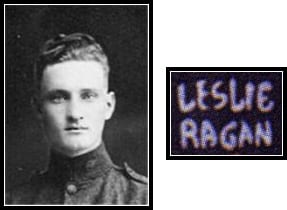

Ragan was born in 1897 and grew up in Iowa. From an early age he knew he wanted to be an artist, and often made drawings of buildings and bridges. Ragan was mostly self-taught, although he did attend the Cumming School of Art in Des Moines. He served in the Air Force in World War One, and upon returning studied for a single semester at the Art Institute of Chicago. In the early 1920’s, he went on to teach at the Academy of Fine Arts, also in Chicago. By 1930 he had relocated to New York and had begun painting for the New York Central.
I’ve gathered quite a collection of examples of Ragan’s art for the New York Central. I must admit that I love the way he painted clouds – whether they were clouds in the sky, or steam from a locomotive. His depictions of trains were very streamlined and smooth, accentuating the shape of the upper portion in which a person rides, and hiding the moving parts below. His art certainly has influenced some people today… if you’ve seen the movie poster for The Polar Express, you will note it bears quite a resemblance to the winter poster at the very bottom.
A few of the paintings that were originally done by Ragan as posters were used on New York Central system timetables, until the late 1950’s, when Central moved away from using elaborate art on those pieces. During the World War II years, the same painting, of the Empire State Express, was used several times, in varying color schemes.
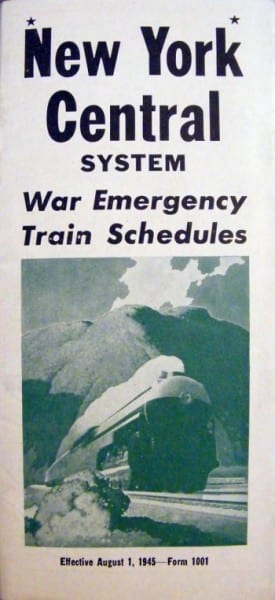
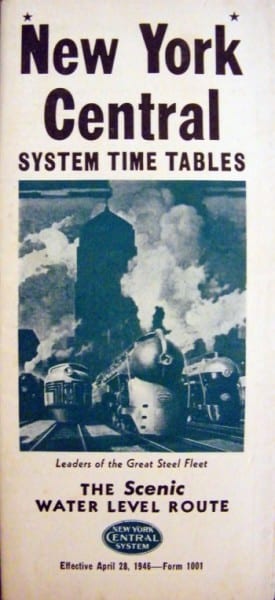
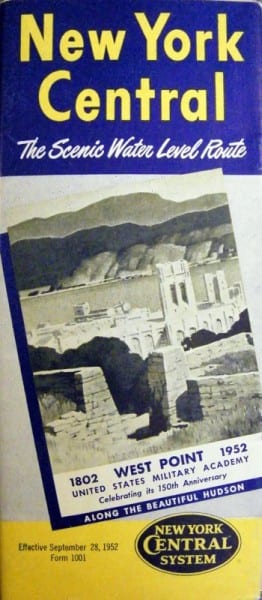
By now the Historical Archive has a lot of timetables. But I also have quite a few that I need to upload, which I am going to try to do this weekend. I really have to thank the folks at the Research Library at the Danbury Railway Museum. Many of the timetables that are viewable on this site, especially the New York Central ones, are from their collection. Thanks very much to everyone there, especially Stan Madyda, who took the time to go through quite a large collection of timetables with me.




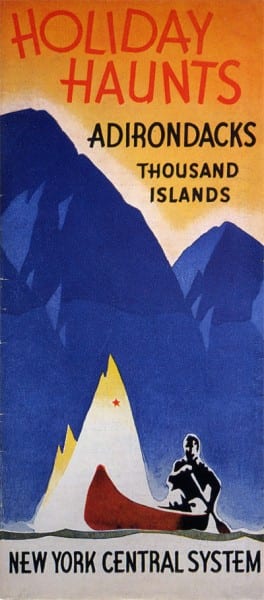
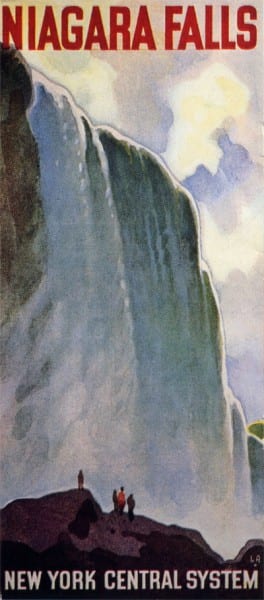
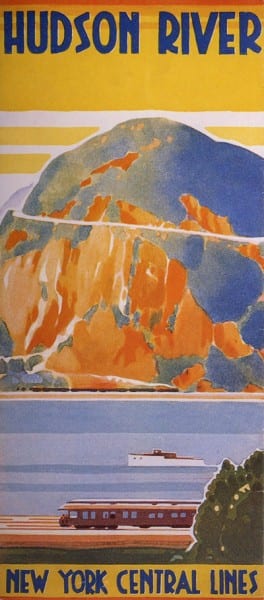
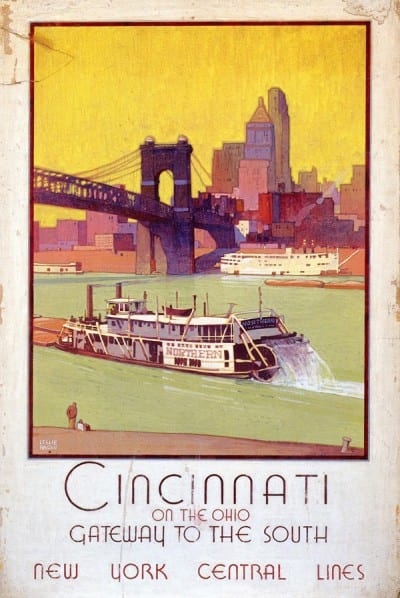
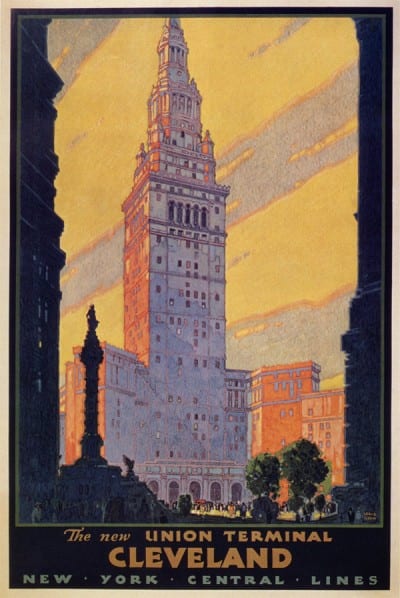



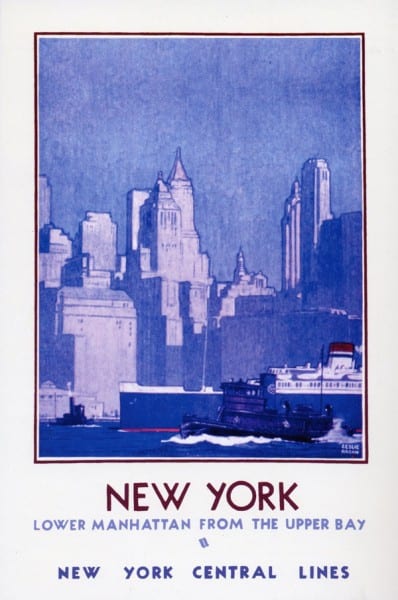
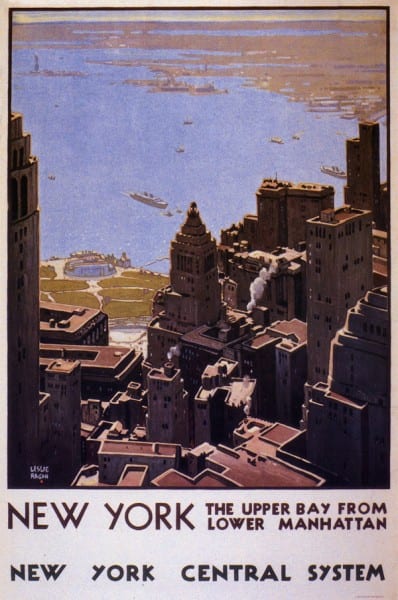

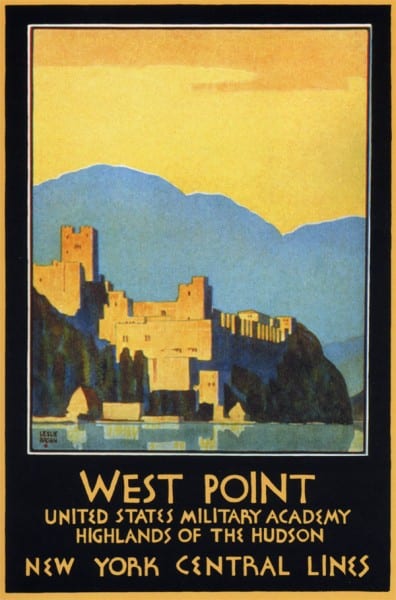
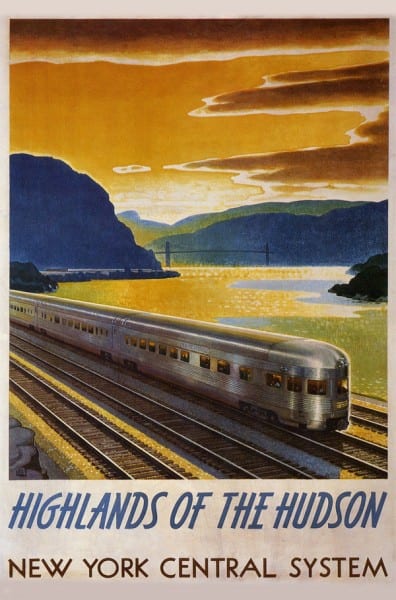





This is a great collection of art. Thanks for posting.
Just curious about where you found the photo of Leslie D. Ragan. I have an original photo (same pose) since he was my father’s cousin. I think he was in the army not the Air Force. The “Air Force” was not called that until WWII. Leslie served in the 21st AFRO SQDN. Amex Forces in France, and I believe that would have been the army. Not really important, but would like to know for my own information. If you can tell me where you got the information I’d be very appreciative. My family has just one or two very early originals that were done on paper but were signed Leslie D Ragan probably when still in school.
What can you tell me about his original works? I believe I have the original of his 1952 BUDD Western Pacific railroad car. Thanks and I hope to hear from you.
Lexi
Wow! NYC had their very own Grif Teller! Thank you for all of your hard work in digging up this cool stuff. Your blog is awesome.
Thanks!
Leslie Ragan was my great uncle — you have a great collection of pics of his posters. Some I had never seen before. My mother has several original oils but none of those fabulous posters.
Great article! Another important NYC Railroad artist was Walter Greene. He did some very impressive work in the 1930s.